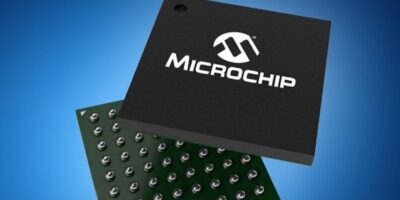Machine learning (ML) and deep learning (DL) insights are used to provide OEMs and tier-1 suppliers enhanced security and operation efficiency via SafeRide Technologies’ vXRay advanced AI technology for connected vehicles.
Automotive cybersecurity company, SafeRide Technologies, believes it is the first to offer multi-layer deterministic and heuristic anomaly detection and threat prevention technology in the form of vXRay, a behavioural profiling and anomaly detection technology for connected vehicles’ security operation centres (SOC). vXRay can be integrated into connected vehicles’ SOCs independently of vehicle architecture or ECU sourcing. It can help customers uncover vulnerabilities, provide early detection of vehicle malfunctions and flag misuse and abuse problems.
vXRay uses advanced, unsupervised ML paradigms in an autonomous process to establish the vehicle’s normal behaviour without dependencies or previous knowledge of ECU properties and protocols. Once the behavioural baseline is established, the ML models can detect, categorise and flag any abnormal behaviour and report it to the vehicles’ SOC for further analysis.
Vehicle data can be used for anomaly detection, using in-vehicle analysis of signatures and error codes based on partial data, yet use limited computational power, points out SafeRide. Security measures installed in vehicles today can only detect and prevent known attacks, yet cybersecurity threats mean that OEMs need to install intrusion detection capabilities that can detect unknown threats and facilitate remediation. Upgrades with advanced intrusion detection systems can be costly, but the company believes that vXRay technology provides OEMs with immediate intrusion detection capabilities with minimal or no modifications to the vehicle platform.
SafeRide’s vXRay technology was proven to effectively detect all cyberattacks and vehicle malfunctions in multiple vehicle models in customer testing, and is being implemented by several major automotive vendors as part of their 2019 security strategies.
SafeRide will demonstrate its vXRay technology at the Automotive Grade Linux (AGL) booth 1614, Westgate Pavillion, Tech East at CES 2019 (8 to 11 January), Las Vegas.







